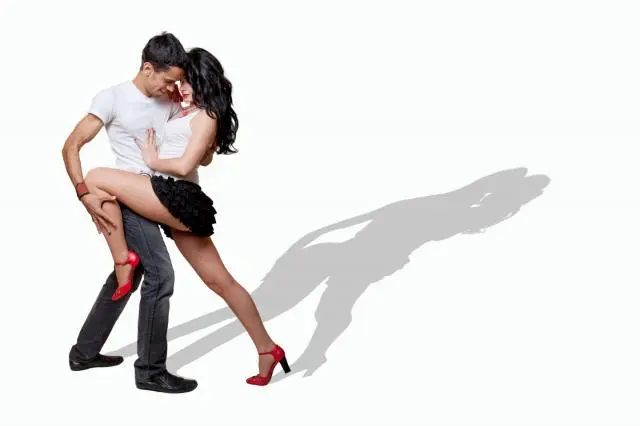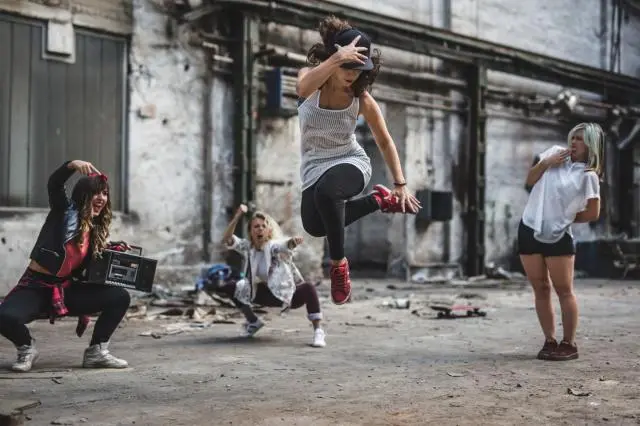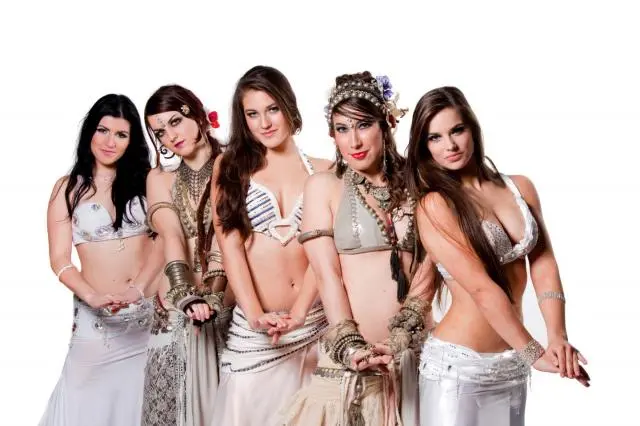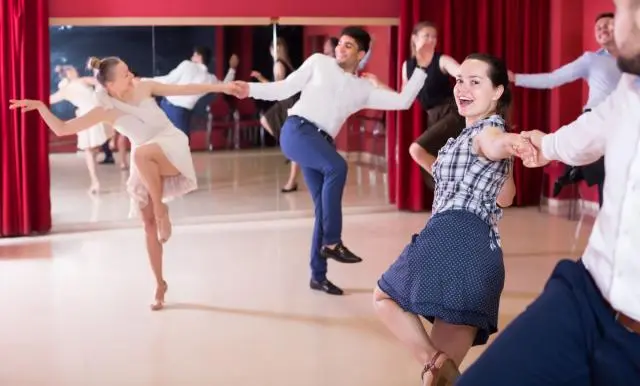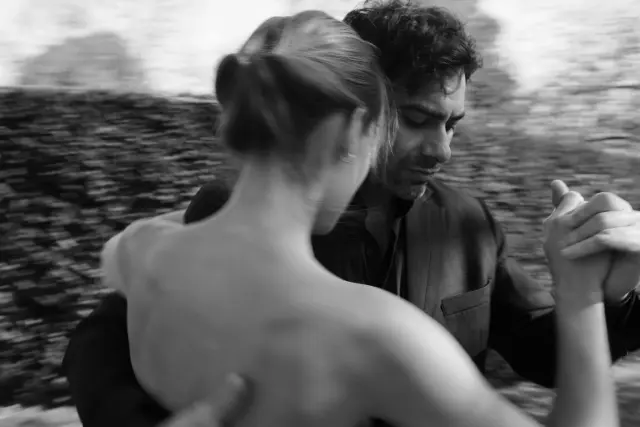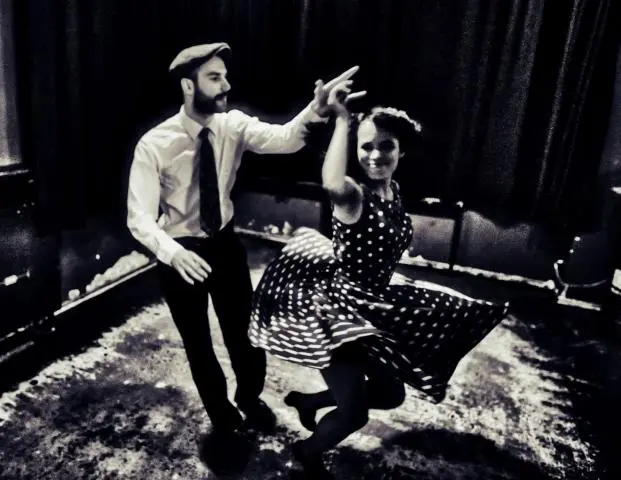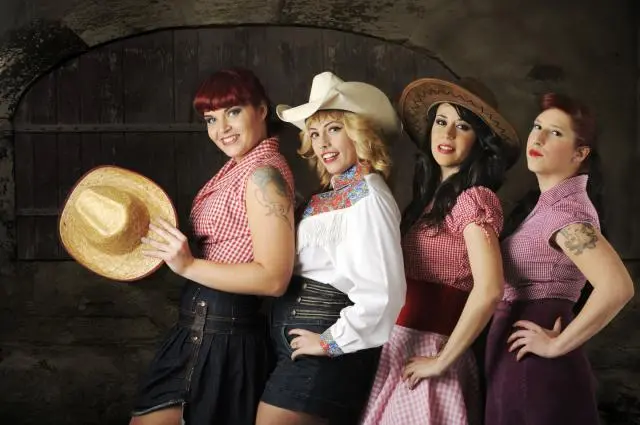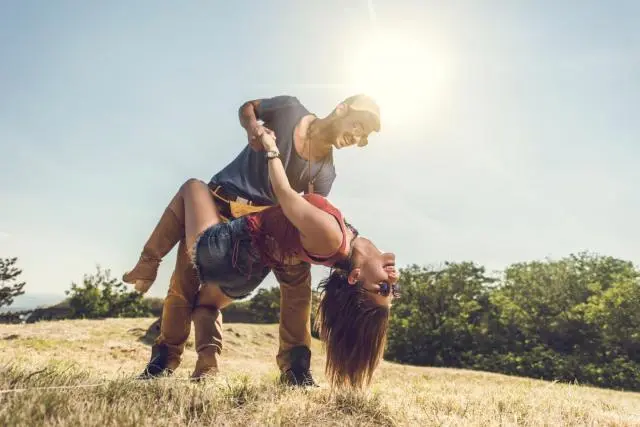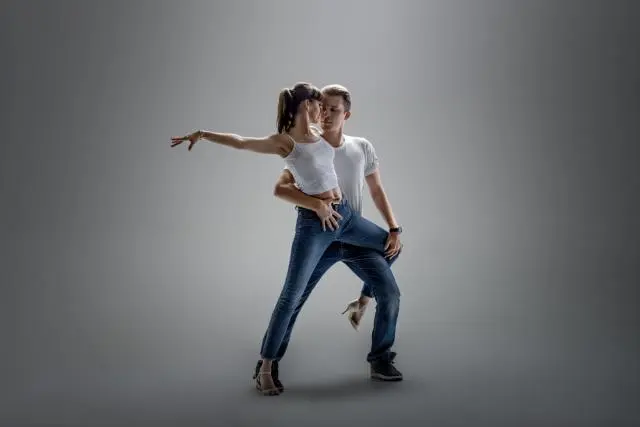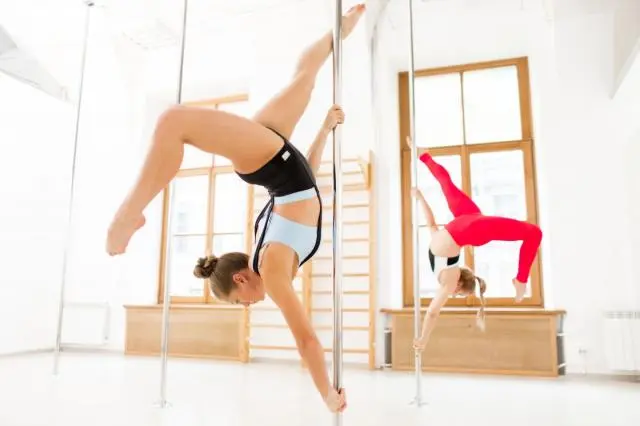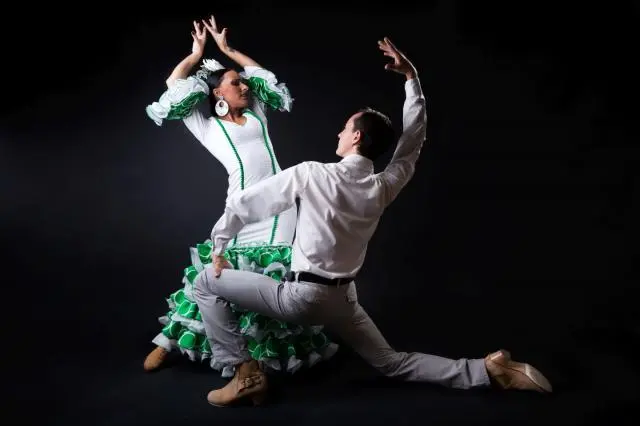
What you need to know about Flamenco
What is flamenco dance?
Flamenco is a passionate and expressive dance that is deeply rooted in the culture of Andalusia. It combines dance (baile), singing (cante) and guitar music (toque) into a powerful art form that expresses emotions such as joy, sadness, love and anger. Flamenco has its roots in the traditions of the Roma, Moors, Jews and Spaniards, which over the centuries have developed into what we know today as flamenco.
Flamenco is not just a dance, but a way of life. The dancers express deep feelings through their movements and facial expressions. It is a form of self-expression and connection with the music, where every movement tells a story.
How do you dance flamenco?
Dancing flamenco requires more than just technique - it is about expressing emotions and creating a connection with the music. Here are some basic elements to help you dance flamenco:
-
Posture: Stand tall with your head held high and a proud stance. The arms are elegant and powerful, often held in a curved position.
-
Zapateado: This is the art of rhythmically stomping the feet. The steps are precise and strong, often in complex patterns that complement the music.
-
Palmas: Clapping (palmas) is an essential part of flamenco and is used to support the rhythm. There are two types of palmas: palmas sordas (muted clapping) and palmas claras (loud clapping).
-
Braceo: This refers to the movements of the arms and hands. The arms are often used in fluid, circular movements to enhance expression.
-
Facial expression and expression: Facial expression is as important in flamenco as movement. The facial expression reflects the emotions the dancer wants to express.
Basic steps of flamenco
To learn flamenco, it is important to master some basic steps:
- Golpe: A simple step in which the entire sole of the foot hits the ground to produce a powerful, thumping sound.
- Both feet: Plant the foot firmly on the ground to create a clear rhythm.
- Tacón: A strike with the heel that produces a sharp, clear sound.
- Both feet: Lift the heel slightly and then strike it forcefully on the ground.
- Planta: A step in which only the ball of the foot touches the ground.
- Both feet: Plant the ball of the foot on the ground and keep the heel slightly raised.
- Punta: A step in which the tip of the foot touches the ground.
- Both feet: Gently tap your toes on the floor to create a light but clear sound.
- Llamada: A distinctive movement or series of movements that signals the end of a phrase or the beginning of a new section in the choreography.
- Combination: Use a combination of footwork, arm movements and facial expressions to draw attention and announce a change in the dance.
Top 10 Flamenco Songs
Music is at the heart of flamenco. Here are ten classic flamenco songs you should listen to:
-
"Entre Dos Aguas" by Paco de Lucía - A masterpiece of flamenco guitar.
-
"La Leyenda del Tiempo" by Camarón de la Isla - An iconic song that combines flamenco with modern sound.
-
"Volver" by Estrella Morente - An emotional piece that is deeply rooted in the tradition of flamenco.
-
"Alegrías" by Tomatito - A cheerful and lively piece that captures the energy of flamenco.
-
"Tangos de la Sultana" by Diego El Cigala - A powerful song with deep emotions.
-
"Lágrimas Negras" by El Cigala and Bebo Valdés - A fusion piece that combines flamenco with Cuban music.
-
"Calle Real" by Vicente Amigo - Another guitar masterpiece that shows the versatility of flamenco.
-
"Zyryab" by Paco de Lucía - An innovative piece that takes flamenco to new musical spheres.
-
"Farruca" by Sabicas - A classic piece that embodies the intensity of flamenco.
-
"Amor de Conuco" by Niña Pastori - A modern flamenco song with traditional roots.
Flamenco Dance Styles
Flamenco encompasses a variety of dance styles, each with its own characteristics:
-
Alegrías: A cheerful and lively style danced in a 12/8 time signature. It is often performed with colorful dresses and fans.
-
Soleá: A deep and serious style that is often slower and expresses intense emotions.
-
Bulerías: A fast, rhythmic style that requires a lot of improvisation and skill. It is often humorous and playful.
-
Farruca: A masculine dance style that is strong and energetic, often with dramatic pauses and intense footwork.
-
Tangos: A simpleA lighter, yet intense style in 4/4 time. It is lively and often danced in social contexts.
-
Guajira: A feminine and elegant style that incorporates elements of the Cuban Son.
-
Seguiriya: A dramatic and sad style that deals with heavy, melancholic themes.
History of Flamenco
The history of flamenco is complex and rich in cultural influences. Flamenco originated in Andalusia, a region in southern Spain, in the 18th century and was heavily influenced by the Roma (Gitanos), Moors, Jews and Spanish peasants. These various cultural influences merged to create a unique art form that was deeply connected to the social and political realities of the time.
Originally, flamenco was an expression of the oppressed and marginalized communities expressing their emotions through music and dance. Over the years, flamenco gained popularity and by the mid-19th century it was being performed in cafes cantantes, special flamenco venues. In the 20th century, flamenco became internationally known and is now celebrated in theaters, dance schools and festivals around the world.
Health Benefits
Flamenco offers numerous health benefits:
-
Physical Fitness: The intense footwork and vigorous movements strengthen muscles and promote endurance.
-
Coordination and Balance: The complex steps and synchronized movements improve coordination and balance.
-
Mental Health: Flamenco allows you to express emotions and relieve stress. It increases self-confidence and general well-being.
-
Cultural Understanding: Learning flamenco will deepen your understanding of the rich culture and history of Andalusia.
-
Social interaction: Flamenco is often practiced in groups, which promotes social skills and allows new friendships to develop.
Outfit for flamenco dance
The right outfit is very important for flamenco dance, as it supports expression and freedom of movement. Here are some tips:
-
Flamenco dress: Women often wear long, flared dresses with ruffles that move elegantly when turning. The dresses are often in bright colors.
-
Skirt and blouse: Alternatively, women can wear a full skirt and a tight-fitting blouse that allow freedom of movement.
-
Shoes: Special flamenco shoes with nails in the sole and heel are essential for footwork. They create the characteristic sound of flamenco.
-
Mantón: A large, embroidered scarf used in some styles of flamenco to enhance expression.
-
Fans: A fan can be used as an accessory to accentuate the dance style.
-
Hair accessories: Women often wear hair combs or flowers in their hair to add flairA lighter, yet intense style in 4/4 time. It is lively and often danced in social contexts.
-
Guajira: A feminine and elegant style that incorporates elements of the Cuban Son.
-
Seguiriya: A dramatic and sad style that deals with heavy, melancholic themes.
History of Flamenco
The history of flamenco is complex and rich in cultural influences. Flamenco originated in Andalusia, a region in southern Spain, in the 18th century and was heavily influenced by the Roma (Gitanos), Moors, Jews and Spanish peasants. These various cultural influences merged to create a unique art form that was deeply connected to the social and political realities of the time.
Originally, flamenco was an expression of the oppressed and marginalized communities expressing their emotions through music and dance. Over the years, flamenco gained popularity and by the mid-19th century it was being performed in cafes cantantes, special flamenco venues. In the 20th century, flamenco became internationally known and is now celebrated in theaters, dance schools and festivals around the world.
Health Benefits
Flamenco offers numerous health benefits:
-
Physical Fitness: The intense footwork and vigorous movements strengthen muscles and promote endurance.
-
Coordination and Balance: The complex steps and synchronized movements improve coordination and balance.
-
Mental Health: Flamenco allows you to express emotions and relieve stress. It increases self-confidence and general well-being.
-
Cultural Understanding: Learning flamenco will deepen your understanding of the rich culture and history of Andalusia.
-
Social interaction: Flamenco is often practiced in groups, which promotes social skills and allows new friendships to develop.
Outfit for flamenco dance
The right outfit is very important for flamenco dance, as it supports expression and freedom of movement. Here are some tips:
-
Flamenco dress: Women often wear long, flared dresses with ruffles that move elegantly when turning. The dresses are often in bright colors.
-
Skirt and blouse: Alternatively, women can wear a full skirt and a tight-fitting blouse that allow freedom of movement.
-
Shoes: Special flamenco shoes with nails in the sole and heel are essential for footwork. They create the characteristic sound of flamenco.
-
Mantón: A large, embroidered scarf used in some styles of flamenco to enhance expression.
-
Fans: A fan can be used as an accessory to accentuate the dance style.
-
Hair accessories: Women often wear hair combs or flowers in their hair to add flair
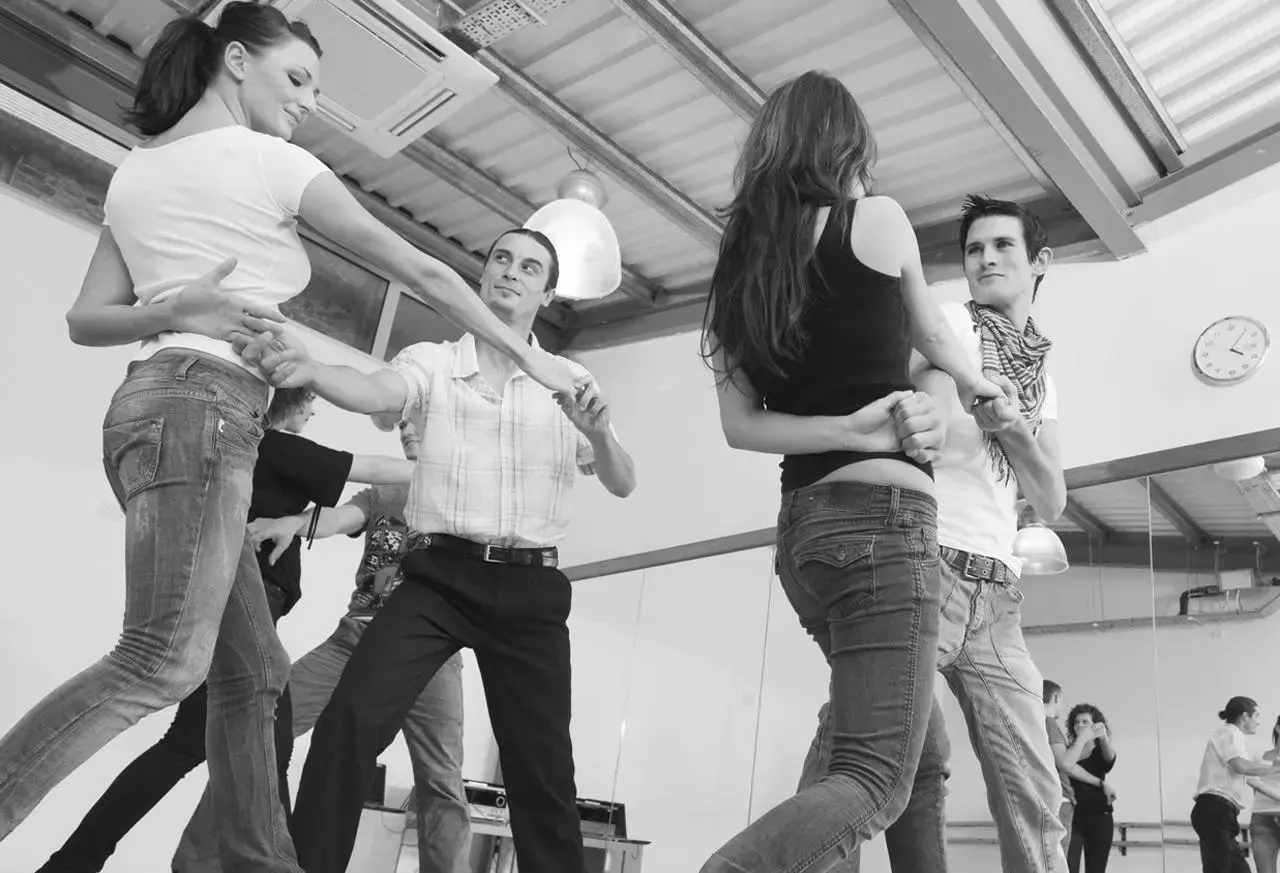
Dance partners
Create your dance profile on Lets-Dance
Dancewear, shoes & accessories
Register your dance school
Popular blog posts about dancing
